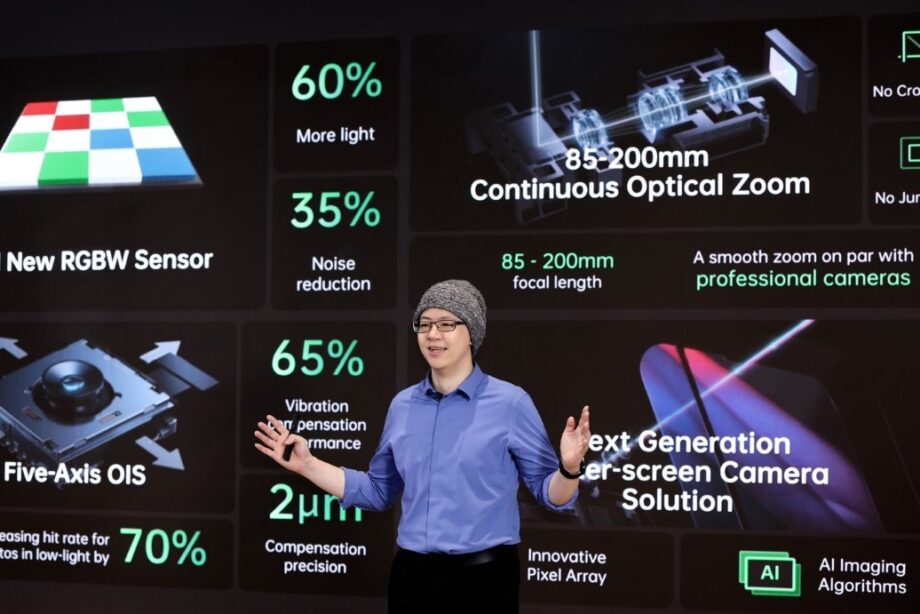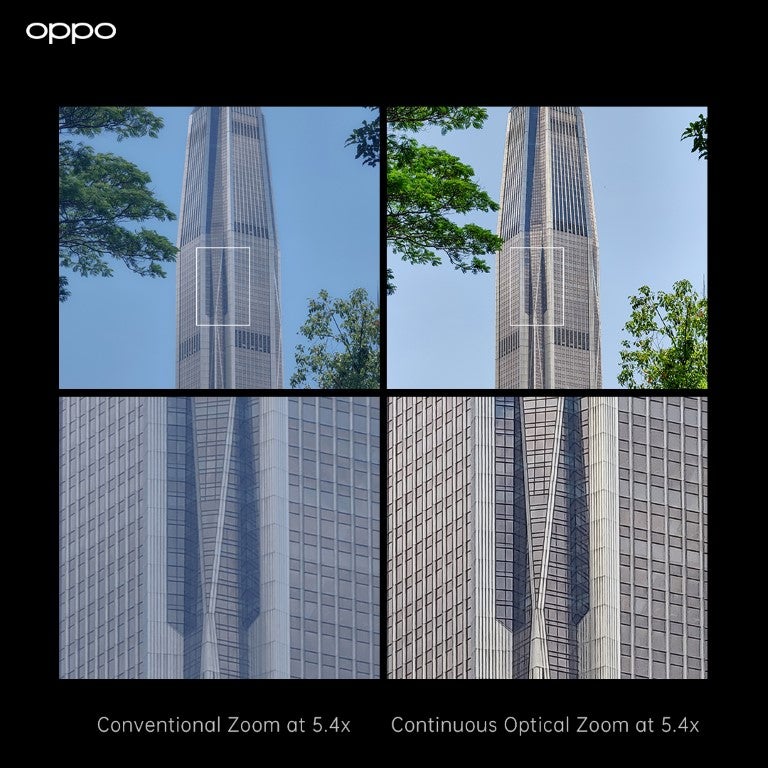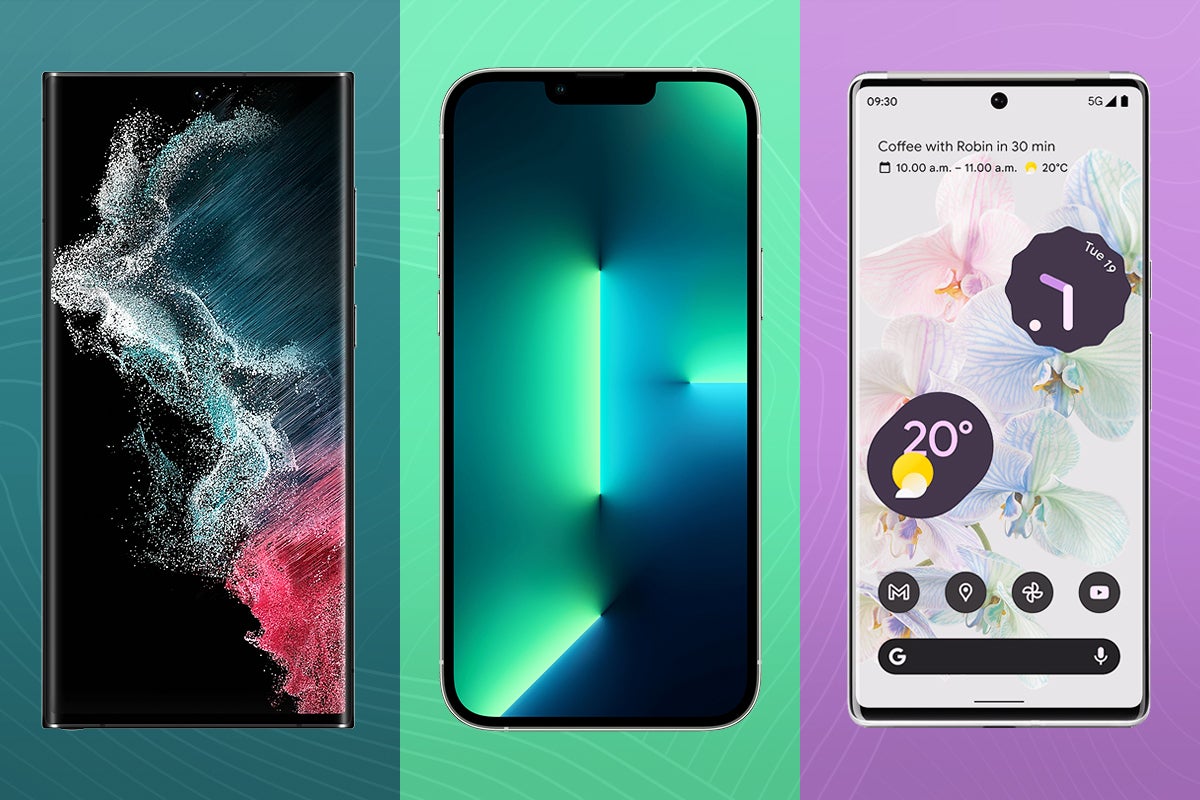Oppo details intriguing new upcoming camera tech

Chinese smartphone manufacturer Oppo has just revealed details of a series of advancements that should start to appear in its smartphone cameras from the end of the year.
The company provided details of three new developments: an advanced continuous optical zoom, a five-axis optical image stabilisation (OIS) system, and a next-generation RGBW sensor.
The telephoto lens development is probably the most interesting one. Oppo’s new optical zoom technology allows a single lens element movement through focal lengths of 85-200mm for theoretically better shots without digital zoom, cropping or any kind of sharpening.

Not only does Oppo say that this will offer users a “smooth transition with the continuous optical zoom range for professional-level image quality,” but it will also help mitigate jumping, white balance inaccuracy and colour bias, which has traditionally been a problem with multi-camera zoom systems.
Disappointingly, we likely won’t see it for a while though. Oppo doesn’t mention when it’s expected in a commercially available device, but something that is coming next year is an advancement to OIS technology.
The five-axis optical image stabilisation system uses a combination of lens-shift, sensor-shift, gyroscopic data and artificial intelligence to reduce blurring for shaky shots. Movement from the phone’s gyroscope is algorithmically analysed, and the data is then passed on to the lens and image sensors. “When the amplitude of the movement is relatively large, sensor-shift OIS will be utilised – including horizontal shifting (x), vertical shifting (y), and rolling – together with algorithm compensation, to achieve five-axis stabilisation,” Oppo explains.

This, the company says, allows for three times’ better stabilisation than you can find in current OIS camera modules, and Oppo is especially proud of what this does for night time and motion photography, where stability, clarity and colour performance should be markedly improved.
This technology is promised for the first quarter of 2022, so it could be something for the Oppo Find X3 Pro’s successor.
Finally, Oppo was keen to highlight the benefits of its next-generation RGBW sensor, which the company claims will offer a 60% boost to light sensitivity, a 35% reduction in noise and generally more accurate colours thanks to more power for number-crunching algorithms. “The next-generation RGBW sensor is also able to enhance photo and video portraits, offering improvements to skin, texture and contrast,” the company boasts, so improvements all round.
In theory, anyway. We’ll have to see how effective the new sensor is in practice when it works its way into new phones, which Oppo says will be in the last quarter of 2021.





